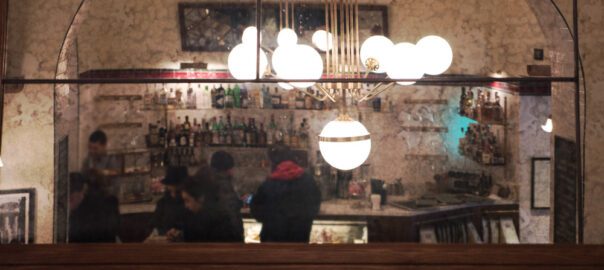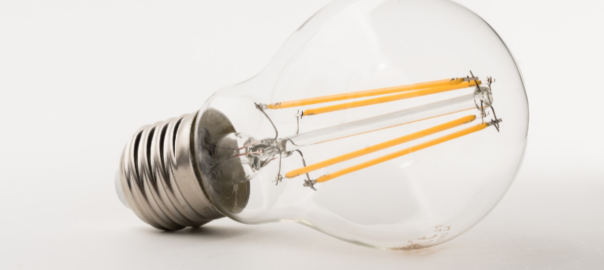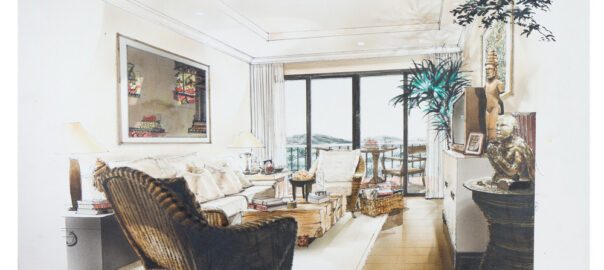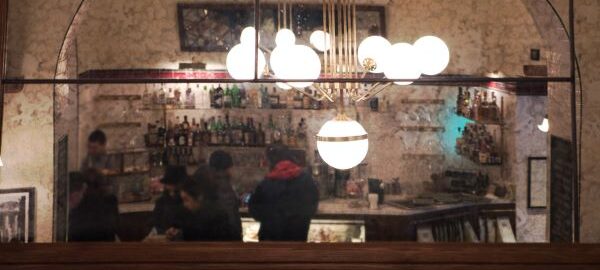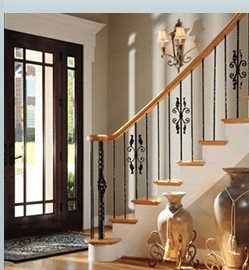
The foyer is the first space your guests encounter, making it a critical area for creating a welcoming atmosphere. As the entryway to your home, the lighting in this space sets the tone for the entire interior. No matter the size or style of your foyer, choosing the right lighting can make all the difference. Let’s answer some frequently asked questions about foyer lighting to help you illuminate this important space.
What Kind of Lighting Works Best for My Foyer?
The size and layout of your foyer will largely dictate the type of lighting you’ll need. If your foyer is on the smaller side, a chandelier or a few wall sconces will usually provide ample light to make the transition from outdoors into the home smooth and inviting.
In larger foyers, more dramatic lighting options are often required. You can enhance the space with recessed lighting or track fixtures to create an impressive visual effect. Adding side table lamps or highlighting artwork with specialized lighting can also add layers of warmth and charm to the space. For a final touch, consider up-lights to accent plants or architectural features.
How High Should I Hang a Chandelier in My Foyer?
One of the most common questions when designing foyer lighting is how high to hang a chandelier. The general rule is to ensure the bottom of the chandelier is at least 8 feet above the floor.
However, if your ceiling is particularly high, the chandelier can be hung even higher to maintain proportionality with the room. Additionally, if you have a window above your front door, make sure the chandelier is centered in relation to the window for a balanced look from both the inside and outside of the house.
What Size Chandelier Should I Choose for My Foyer?
Selecting the right-sized chandelier is crucial for achieving a well-balanced look in your foyer. The size of your chandelier should be determined by a few factors, including the width of the foyer, ceiling height, and any architectural details, such as double doors or a window above the front door.
A helpful tip is to use the diagonal measurement of the room in feet to choose the chandelier’s width in inches. For example, if your foyer measures 20 feet diagonally, a chandelier around 20 inches wide would be an ideal size. This method helps ensure your lighting fixture is proportional to the space and doesn’t overwhelm the area.
If you’re still unsure about the best lighting solution for your space, Premier Lighting is here to help! Whether you need help selecting the right chandelier or advice on incorporating multiple lighting layers, our team of experts is ready to assist. Contact Premier Lighting today for all your foyer lighting needs!


